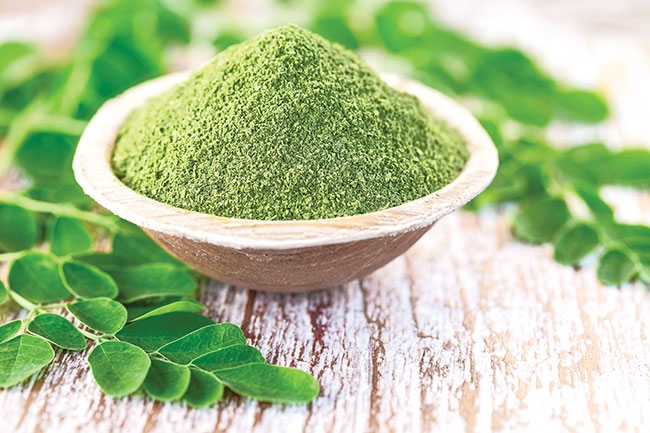
Features
Research
Moringa leaf powder offers higher protein content in tilapia fry: study
African researchers are pushing for inclusion of moringa leaf powder in fishmeal for the Nile tilapia (Oreochromis niloticus), following the results of their study. The flesh of fry fed solely with the leaf powder showed higher protein content compared to those fed with fishmeal.
May 15, 2019 By Ruby Gonzalez
 African researchers are pushing for inclusion of moringa leaf powder
African researchers are pushing for inclusion of moringa leaf powderThe protein profile obtained contained all the essential amino acids in appreciable quantity said Mahamat seid Ali Malloum et al in Evaluation of the nutritional performance of the flesh of tilapia fry (Oreochromis niloticus L.) fed leaves of Moringa oleifera.
“The fatty acid profiles show a clear predominance of unsaturated fatty acids on total fatty acids,” they cited. The concentration of minerals such as phosphorus, potassium, calcium, magnesium, sodium and copper are higher compared to the control group.
The treatment, however, tested lower in growth rate. “These results show that for tilapia, a diet containing only plant-derived proteins does not lead to good growth performance during pre-fertilization,” they said.
Thus, the incorporation of animal protein is recommended because it “greatly increases the digestibility of the food and consequently the growth performance.”
The authors used moringa leaf powder in their search for a plant alternative source of protein in fishmeal in tilapia diet. Fishmeal, which accounts for as much as 60 percent of protein in standard tilapia feed is expensive and its market availability fluctuates.
Moringa leaves were used to highlight its impact on the nutritional qualities of the Nile tilapia.
The study was published in the Asian Journal of Science and Technology.
Considered a superfood, moringa is a good source of vitamins, minerals and essential acids. Its profile fits the diet range of tilapia, which can feed on the lowest levels of the food chain
Print this page
Advertisement
- Hatchery hopes circular tanks will improve sturgeon breeding
- RAStech 2019 debuts as industry predicts promising future for RAS





